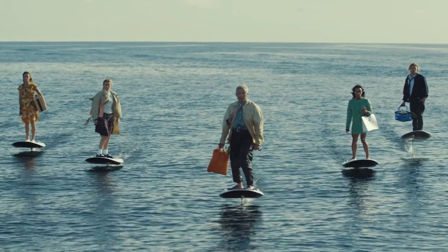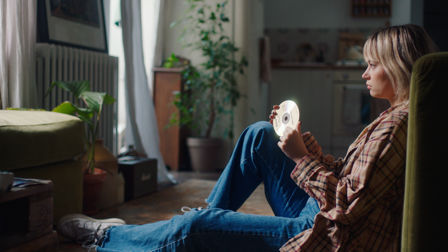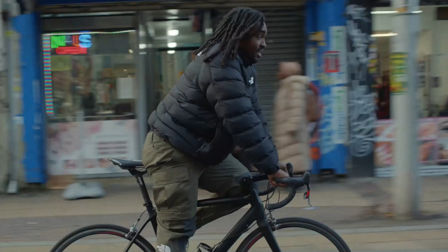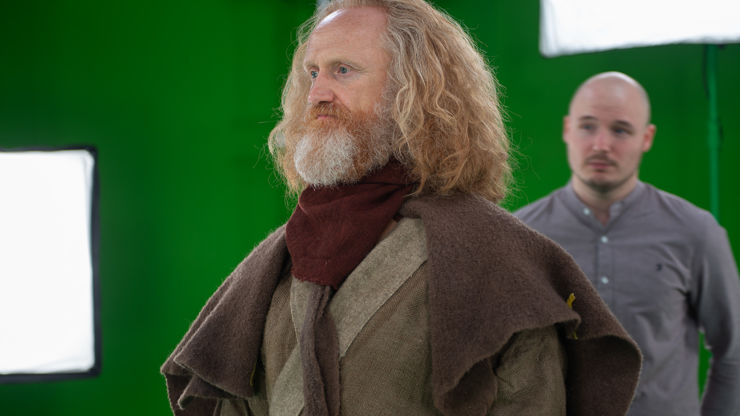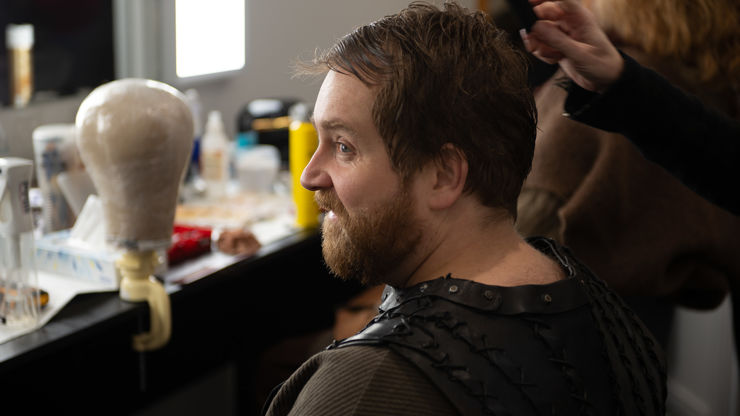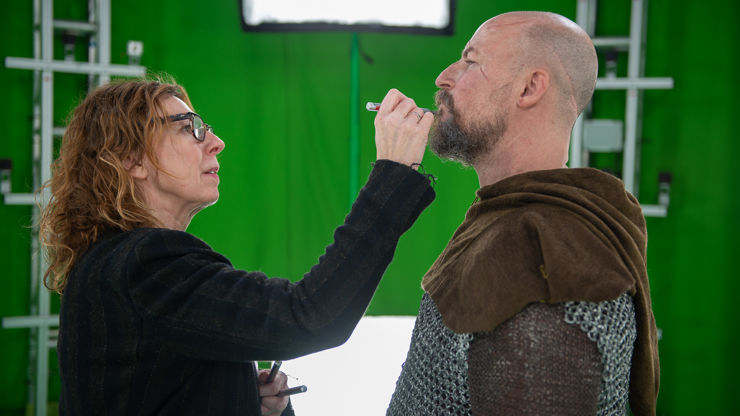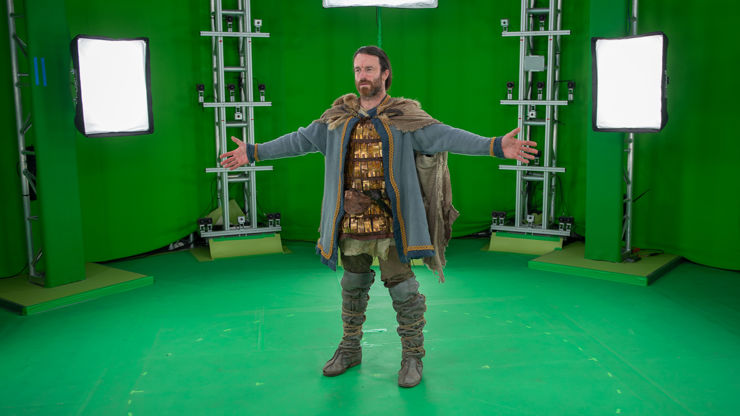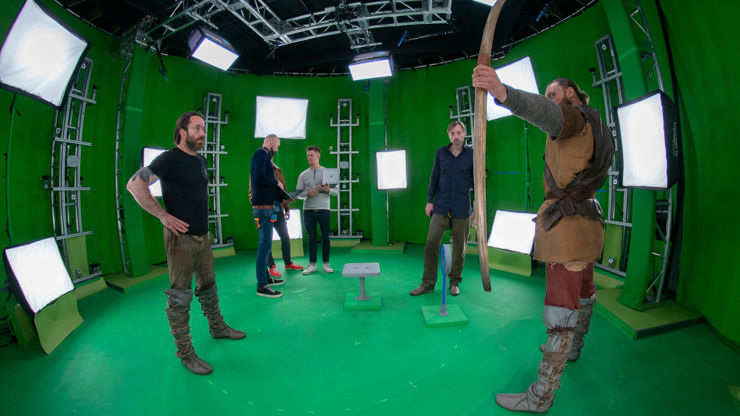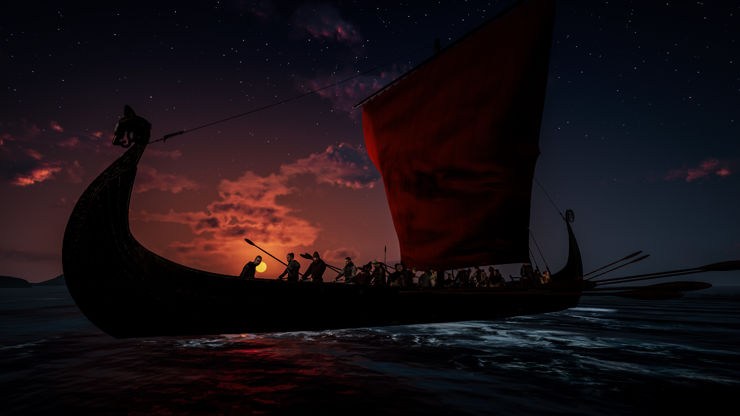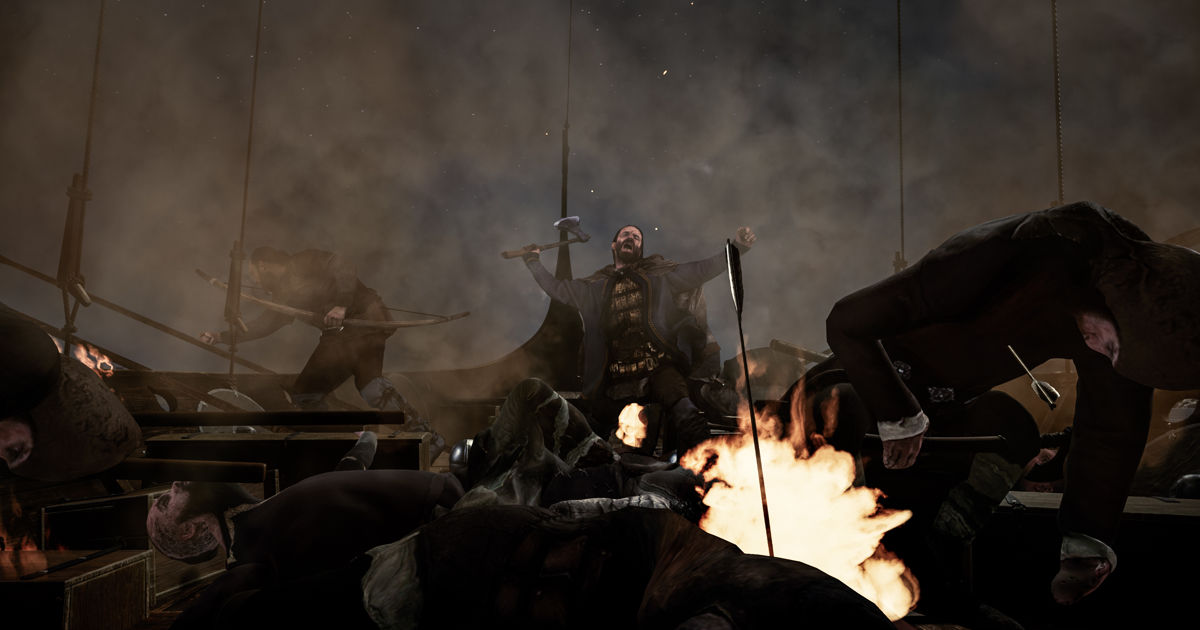Erik Gustavson on his first VR (Viking Reality) experience
The director talks us through helming an intense 3D experience for The Viking Planet Centre, Oslo with RSA Films.
Hands up who wants to be a Viking? OK, whilst the outfits were pretty cool and marauding swagger undeniably impressive, it’s probably not the case that many of us would like to be loaded into a longship and sent to fight bloody battles.
However, if it’s something we can enjoy from the comfort of our own homes (or, more accurately, a 4D cinema seat) then sign us up to go full Norse.
Making this delightfully bloody pipedream a reality is RSA Films, who’s latest journey into the world of VR might be their most ambitious yet. Using a ground-breaking combination of technology to create a hyper-realistic Viking ship-based drama that unfolds in real time, the production company and Viking Planet's Erik Gustavson, along with immersive media specialists Hammerhead, set about building the world’s first virtual reality battle scene using volumetric capture.
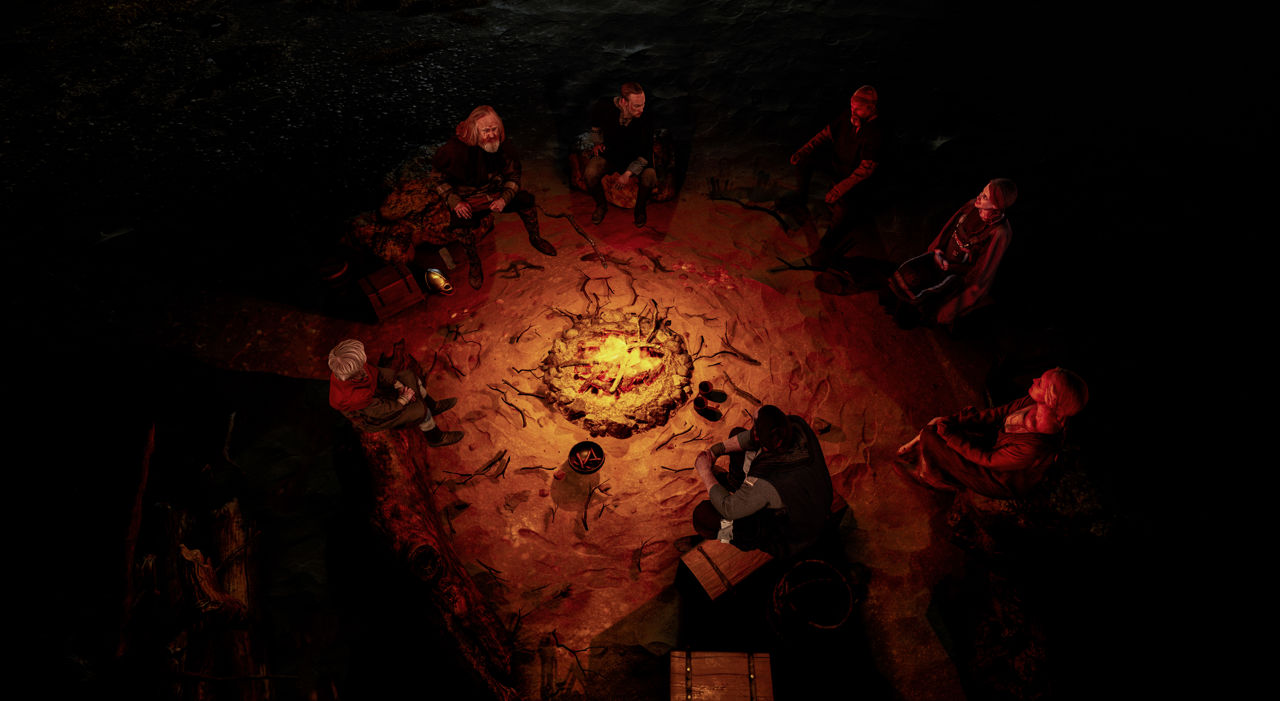
Bringing together over 30 actors, the experience was shot in Hammerhead’s London-based capture studio, Dimension, and used 106 cameras (generating a staggering 10GB of data per second) to capture the action in full 3D.
The end result is a immersive, compelling narrative adventure, utilising Gustavson storytelling prowess alongside some impressive visual effects and captured performances (causing a certain deputy editor to shriek her head off at the merest hint of a blade).
The experience officially launched to the public at The Viking Planet Centre, Oslo, which opened June 21st, 2019, so we caught up with Gustavson once the dust (and blood) had settled to get his insight on how to adapt to VR storytelling.
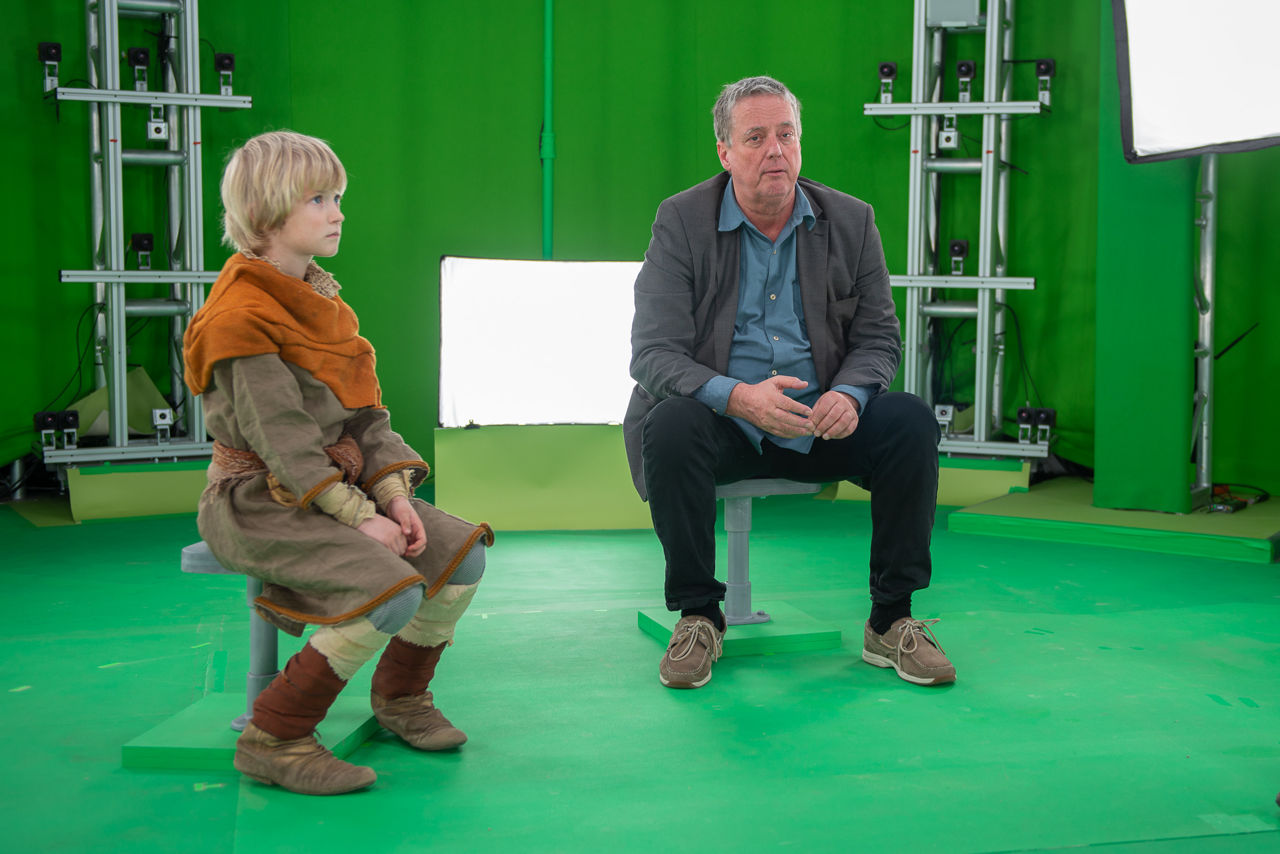
ABOVE: Gustavson on set with a young actor
Erik Gustavson - Director
What attracted you to the project?
The idea of creating a digital portal to the Viking Age more than a thousand years ago using new digital technology, was the core idea and the premise for our conception of The Viking Planet in Oslo, where I am one of the founders, a partner and the Creative Director for all content.
The Viking Planet - www.thevikingplanet.com - offers several different interactive Viking experiences in Oslo which is the first of several venues to be established in Norway and abroad in the next two years.
As an old school writer/director of feature films for many years, embarking on telling a story in volumetric capture VR was very exciting indeed.
Our partners at Hammerhead, Dimension as well as our producer from RSA, Lisa Joseph provided excellent support and encouragement during the process.
Is this your first time directing VR? What did you do to prep?
Yes, it is my first time. Surprisingly it was not unlike directing for the theatre where the actors need to stay in character and move physically in the same restricted space for longer stretches of time.
How did your cinematic skills aid the process? Was there anything you had to 'unlearn’?
VR is unlike cinema in the sense that you are not moving the camera to tell the story, but you rather move the entire environment and the action around to provide for the narrative build-up and drama to fit the frame.
In our case, we have the two book-ending scenes around a campfire and then the main scene and story unfolding on board a Viking ship some 25 years earlier; around the year of 860 A:D.
As 360-degree Volumetric Capture, I believe it was the first of its kind in the world.
However, the initial framing, the action and the atmosphere in the key scenes are not unlike how I would have created this story for the cinema screen as director and cinematographer of feature films.
Can you give us a quick rundown on the technology used to capture the performances?
The VR studio rig has 106 cameras shooting the action simultaneously in a volumetric space most of the time with only one actor at the time.
Lots of terabytes generated.
All the natural facial expressions, the physical movements and the human idiosyncrasies come across in a uniquely compelling way in Volumetric Capture unlike the often uncanny valley sensation experienced in straight photorealistic VR games.
What were the shooting days like? Where there any elements that were more challenging than expected? Any that were easier?
They were long days! I believe we worked with 32 actors for 35-40 hours.
Once the performances had been captured, how involved were you in the subsequent process? How much tinkering could be done?
Not very insightful I´m afraid about the post and the programming of assets, but very ambitious to the degree that I hope to revisit this process again soon, improving and polishing scenes in this particular production.
How long did the whole process take for you?
I wrote the first treatment fifteen months ago and then the excellent young screenwriter Samuel Pinney came on board for the final screenplay,
Any more VR projects on the horizon for you?
Absolutely. We will be creating a lot more content for The Viking Planet in the time to come and I expect to shoot more VR soon.
I would certainly be interested in creating other Volumetric experiences involving actors, also for other producers, if the opportunity presented itself.
)
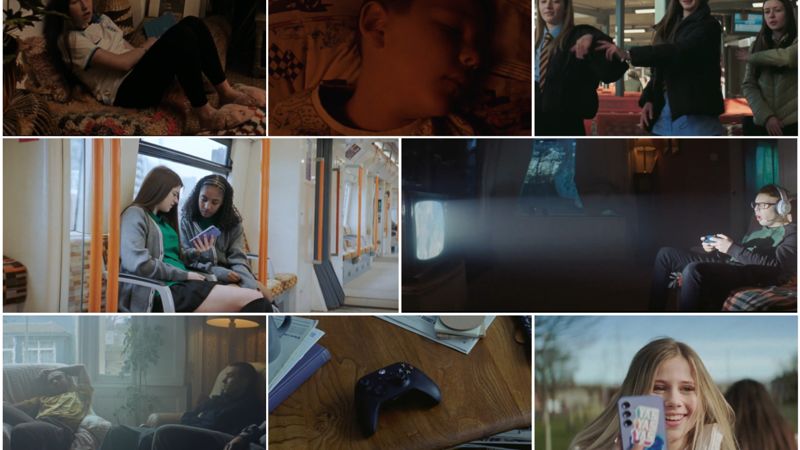



 + membership
+ membership


